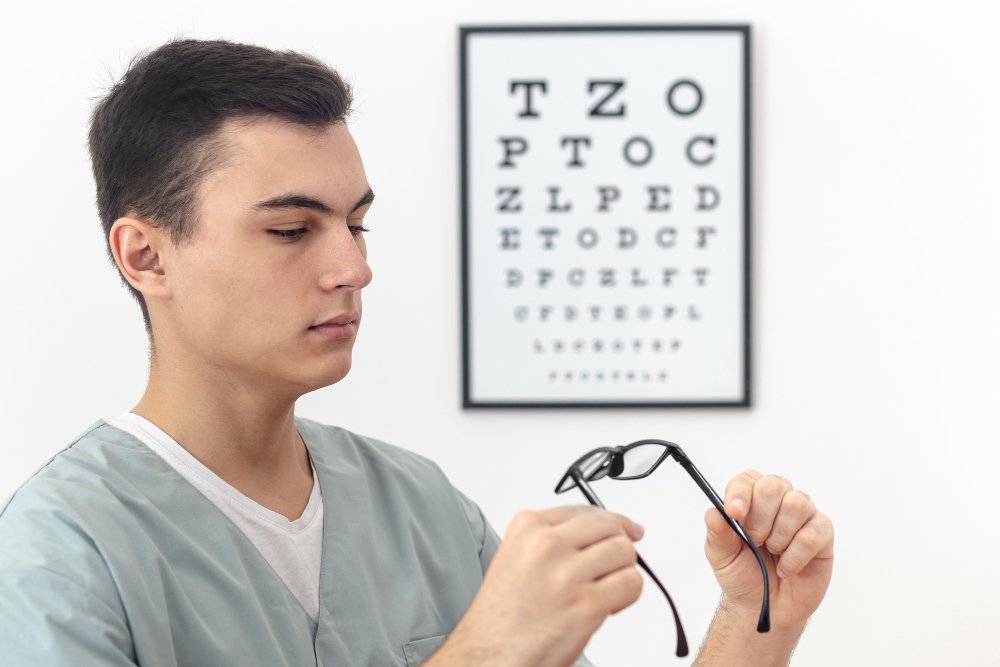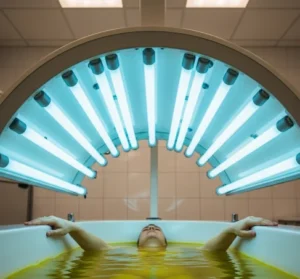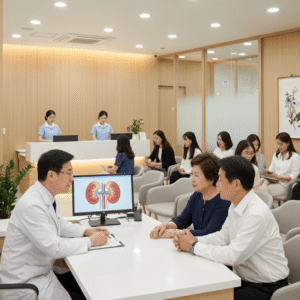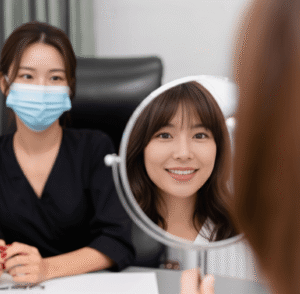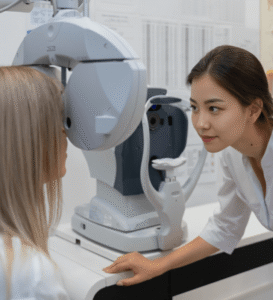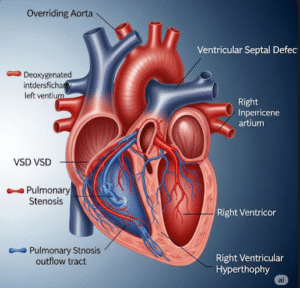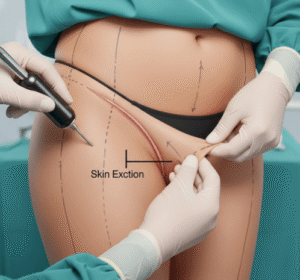Overview
Hyperopia, also known as farsightedness, is a common refractive error of the eye in which distant objects appear clearer than nearby objects. This condition occurs when the eye is shorter than normal or the cornea has too little curvature, causing light to focus behind the retina instead of directly on it.
In Korea, where eye health awareness and access to advanced ophthalmic care are widespread, hyperopia is diagnosed and treated using state-of-the-art diagnostic imaging, corrective lenses, contact lenses, and surgical options such as LASIK, LASEK, and lens implants. Korean hospitals and eye clinics are globally recognized for providing cost-effective and high-quality vision correction.
What is Hyperopia?
Hyperopia is a refractive error where the eyes have difficulty focusing on near objects, though in some cases both near and far vision may be blurred. It differs from myopia (nearsightedness), which makes distant objects blurry.
Symptoms
- Difficulty focusing on close objects
- Eye strain, especially during reading or computer use
- Blurred vision (particularly near vision)
- Headaches after prolonged close work
- Squinting to see clearly
- Eye discomfort or burning sensation
Causes
- Shorter-than-normal eyeball length
- Flattened cornea
- Abnormal shape of the lens
- Genetic predisposition
- Age-related changes in the eye
Risk Factors
- Family history of hyperopia
- Age (children may outgrow mild hyperopia, but it can worsen with aging)
- Coexisting eye conditions (astigmatism, presbyopia)
Complications
If untreated, hyperopia can lead to:
- Strabismus (crossed eyes) in children
- Amblyopia (lazy eye) if the brain favors one eye over the other
- Chronic eye strain
- Reduced quality of life due to difficulty with daily tasks
Prevention
Hyperopia cannot always be prevented, but early detection and regular eye exams help manage the condition effectively. In Korea, school-based vision screening programs and widespread access to optometrists ensure early identification of refractive errors.
Treatment Options in Korea
Diagnosis
- Comprehensive eye exam (visual acuity test, refraction assessment)
- Retinoscopy and autorefractor tests to determine prescription strength
- Ophthalmic imaging and corneal topography in advanced clinics for surgical planning
Medical Treatments
- Prescription glasses: The most common and affordable treatment
- Contact lenses: Soft, rigid gas permeable, or specialized multifocal lenses available in Korea
Surgical or Advanced Therapies
- LASIK and LASEK surgery: Correct corneal shape to improve light refraction
- SMILE surgery (Small Incision Lenticule Extraction): A minimally invasive option available in top Korean clinics
- Phakic intraocular lens (IOL) implants: For patients unsuitable for corneal laser surgery
- Refractive lens exchange: In severe cases or older adults with lens-related hyperopia
Rehabilitation and Support
- Regular follow-up visits to adjust prescriptions
- Vision therapy for children with related eye coordination problems
- Preventive lifestyle advice, such as limiting digital screen strain and ensuring proper lighting during near work

